Ours is a holistic approach that does not hinder the physiological processes of the body. It's an approach that encourages the restoration of balance, by combatting the causes of symptoms as efficiently as possible and ensuring fast relief.
Symptoms and relief
SELECT YOUR NEED
Teeth and gums
A system that communicates with the whole body
According to the World Health Organization, nearly 4 billion people suffer from oral disorders, about half of whom are affected by cavities or periodontitis. Oral health and overall health go hand in hand, even though they are often seen as separate.
Choosing the products for the hygiene and care of our mouths requires attention and awareness. Conventional formulations used every day (toothpaste, mouthwash, whitening products, etc.) may contain substances that are harmful and detrimental to our health.
Accordingly, the first step toward CONSCIOUS HEALTH is to take daily preventive measures and keep our teeth free from all harmful and noxious substances, preserving not only the health of our teeth but also the well-being of our entire body.

The oral cavity plays a central role in our overall health. It represents the first immune center of our body and the first filter for bacteria and viruses due to the presence of the oral microbiota.
Starting from birth, the mouth is physically shaped by: BREATHING, SUCTION, PHONATION, SWALLOWING AND CHEWING, which are the core of dental dynamics.
There is also a link between disturbances in these vital biological functions and the occurrence of a variety of conditions, including headaches, dizziness, otalgia, vision problems, headaches, stomatognathic issues, back pain, lumbago, muscle strains, cramps, varicose veins, and ankle and foot sprains, to name just a few.
In addition to their biological functions, teeth also serve to COMMUNICATE. They enable us to put forward our calling card as they introduce us to the outside world, showing others our general state of well-being through our SMILE.
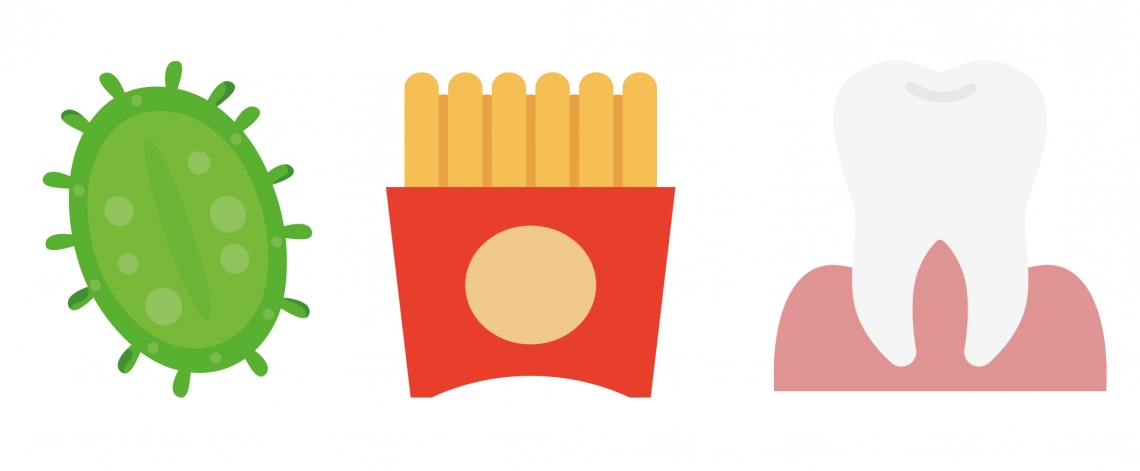
Because of their vital biological function, teeth are constantly exposed to factors that predispose them to damage and the onset of problems affecting the entire oral cavity.
MOST OF THE INJURIES THEY SUFFER ARE DUE TO DAILY WEAR AND BACTERIA THAT COVER THE SURFACE OF EACH TOOTH AND FEED ON FOOD RESIDUES.
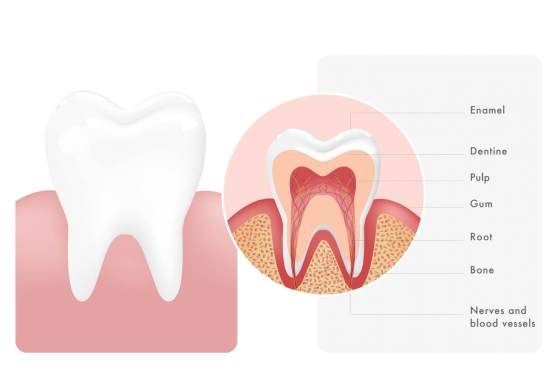
Like the skin, teeth are able to repair minor damage on their own. However, if they are not properly cleaned and cared for, food debris together with salivary substances and acids from bacterial fermentation promote the formation of DENTAL PLAQUE, which can erode the enamel over time, dissolve the underlying layers (DENTIN) and also cause the gums to recede. When dentin is deeply damaged, new tissue produced by cells in the softer, inner layer of the tooth is insufficient to restore balance. As a result, bacteria and acids continue their journey to the DENTAL PULP, the part of the tooth that contains the nerves and blood vessels, resulting in a CAVITY.
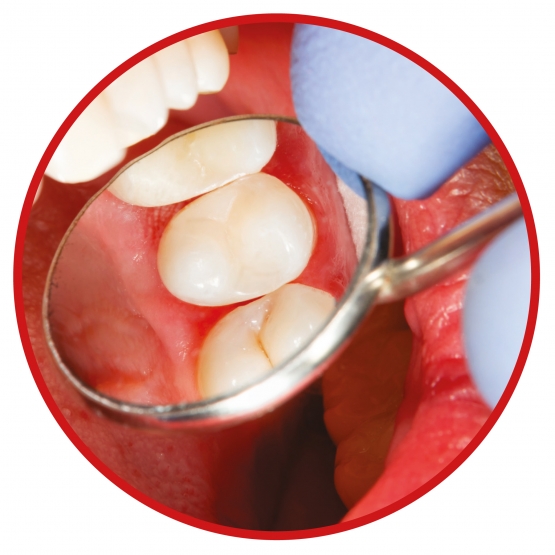
ORAL MICROBIOTA
The oral microbiota is the set of microorganisms living in symbiosis in the oral cavity. This very complex ecosystem consists mainly of bacteria of different species, which aggregate together, adhering to the surface of the teeth via salivary proteins and forming a biofilm. In a healthy individual with good oral hygiene and in a condition of oral eubiosis, the biofilm has a protective function and acts in synergy with the body's defense systems. On the other hand, the condition of oral dysbiosis (overgrowth of Streptococci such as S. mutans, S. mitior, S. salivarius, S. sanguis, S. viscosus and the reduction in Lactobacilli, especially L. casei, L. acidophilis, L. actynomices) can lead to the origin of oral cavity diseases, especially CAVITIES, GINGIVITIS, PARODONTITIS, APHTHAE AND STOMATITIS.
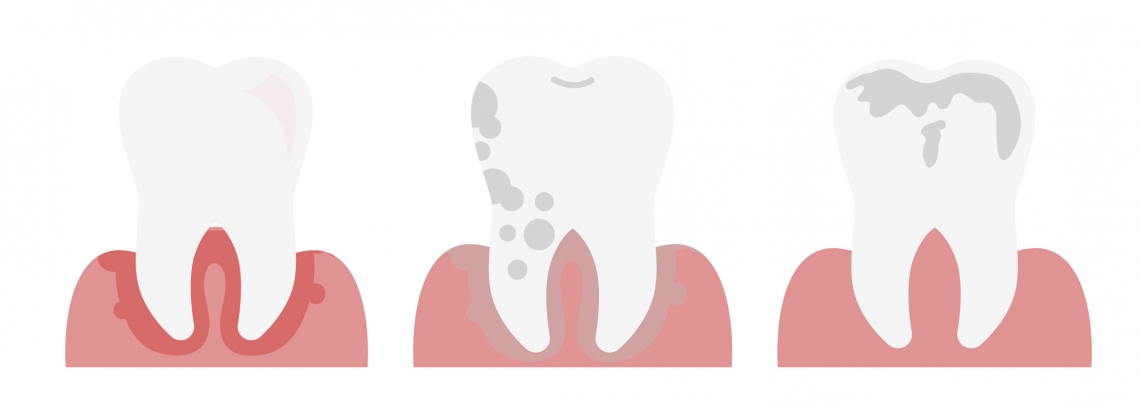
In recent decades, increasing attention has been paid to the correlation between oral microbiota and systemic diseases. Solid evidence has established that the balance of the microbiome is inextricably linked with that of the immune system. Similar to the gut microbiota, several studies have recently confirmed that pathogenic strains responsible for local inflammation in the oral cavity may also play an important role in cardiovascular disease, stroke, diabetes, and pneumonia, as well as in forms of cancer and autoimmune diseases such as arthritis.
RISK FACTORS

Mouth diseases are often related to different factors that can negatively affect people's quality of life:
- POOR ORAL HYGIENE
- INAPPROPRIATE DIET (excessive consumption of sugar-rich drinks and foods)
- SMOKING. It alters the homeostasis of the oral microbiota, promoting not only changes in the growth of commensal species but bringing in new ones from outside.
- ALCOHOLIC BEVERAGES. Alcohol consumption has been shown to increase the presence of Gram+ bacteria including S. mutans and, in parallel, to inhibit the activity of Fusobacteria due to increased concentrations of toxic acetaldehyde.
- ANTIBIOTICS. Azithromycin, amoxicillin, clindamycin and ciprofloxacin are among the antibiotics with the greatest impact on the oral microbiota, resulting in an overall and rapid decrease in Actinobacteria in the throat. Changes in bacterial function have also been recorded.
- AGING
Our eating habits are of particular importance. Refined sugar, white flour and alcoholic beverages acidify the blood. Once metabolized, these substances remove large amounts of buffer mineral salts from the body: calcium, phosphorus, and magnesium, necessary for the acid-base homeostasis of the blood and for the psycho-physical balance of a human being. These are removed especially from the bones (resulting in osteoporosis, demineralization of bones) and teeth (cavities).
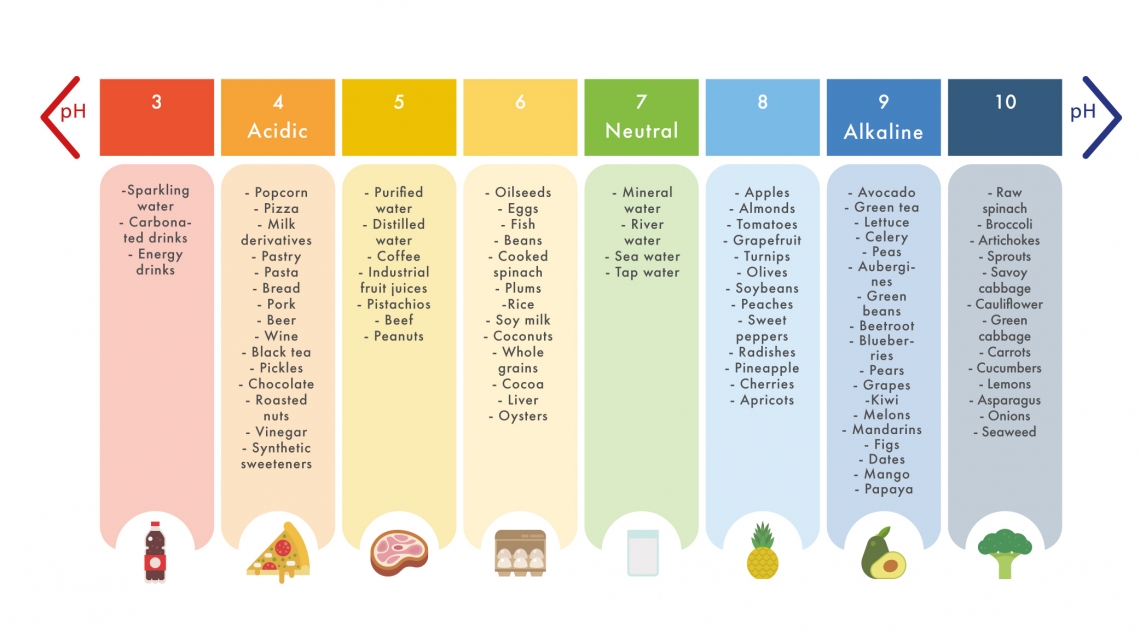
These are all factors that influence the composition and function of the oral microbiota more than any others, which is why it is essential to put a prevention plan in place.
The fundamental requirement for prevention is to carry out thorough tooth cleaning and proper oral hygiene from an early age.
CAVITIES AND PERIODONTAL DISORDERS ARE THE MOST COMMON DISEASES IN THE MOUTH
The most common mouth disease is a cavity. It can affect all teeth, both milk and permanent, as well as treated teeth. It is characterized by the destruction of mineralized tooth tissue. It can have both genetic and environmental origins, such as a diet high in sugar. If no action is taken, a cavity generally progresses. It begins to spread to the deeper layers of the tooth, affecting the pulp (pulpitis) and triggering a process of inflammation at the level of the gum tissues (gingivitis) or the area underneath down to the bone (periodontitis).
DEVELOPMENT AND STAGES OF CAVITIES
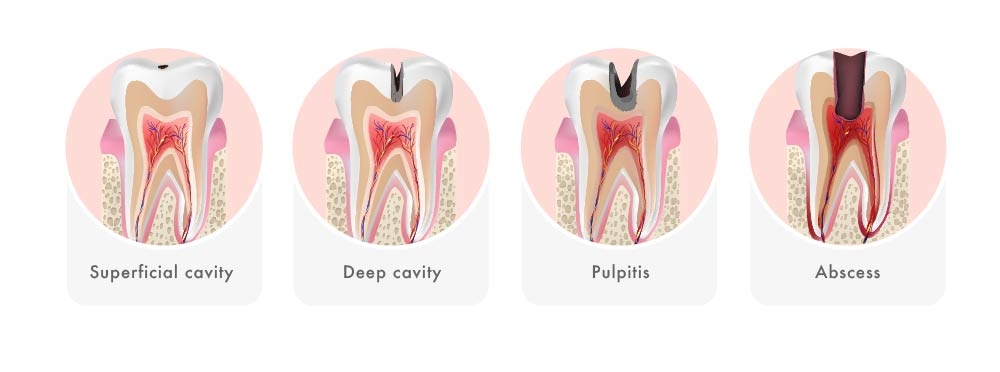
Cavities are a direct result of bacterial plaque which, if not completely removed through proper oral hygiene, undergoes a series of mineralization processes that transform it into hard tartar, predisposing to the onset of inflammation that also affects the gum tissues.
GUM HEALTH IS AN EXCELLENT INDICATOR OF OVERALL ORAL HEALTH. THE MOST COMMON GUM PROBLEMS ARE: GINGIVITIS, CANKER SORES AND STOMATITIS, MINOR INJURIES AND MEDICAL INTERVENTIONS IN THE ORAL CAVITY.
Gingivitis represents the mildest pathology: bacteria cause inflammation of the gums, characterized by common symptoms:
- Pain when chewing or as a result of cold food
- Gum inflammation (red, sensitive and/or swollen gums)
- Regular bleeding of the gums after brushing
- Gum recession
- Halitosis
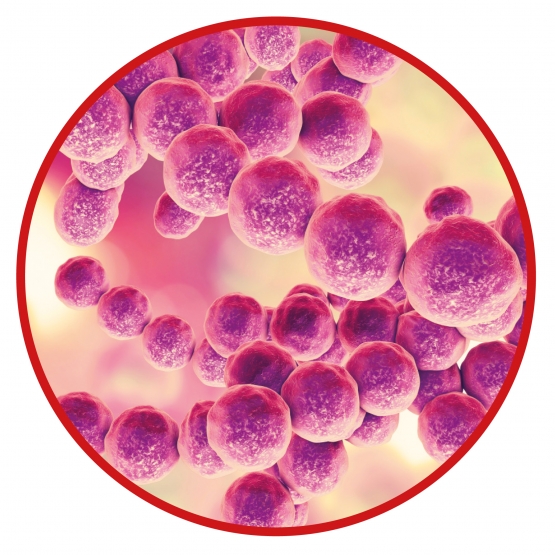
The evolution of inflammation largely depends on the attention paid to proper oral hygiene and various factors that can influence oral health. If left untreated, inflammation can evolve into more severe forms of periodontitis.
The key elements of a prevention plan that can protect against the formation of dental plaque and the onset of cavities are conscious choices and steps that each of us should put into practice, thus consistently promoting the well-being of our teeth and gums while preserving the health of the entire body.
SANITIZING AND ANTI-CAVITY ACTION
GRAPEFRUIT SEED EXTRACT
It possesses extraordinary broad-spectrum antimicrobial properties, making it an unparalleled natural sanitizer for the protection of teeth and the oral cavity. Thanks to its extraordinary selective properties, it can protect the irritated area and effectively reduce microbial proliferation responsible for the development of cavities and inflammation involving the gum mucosa.
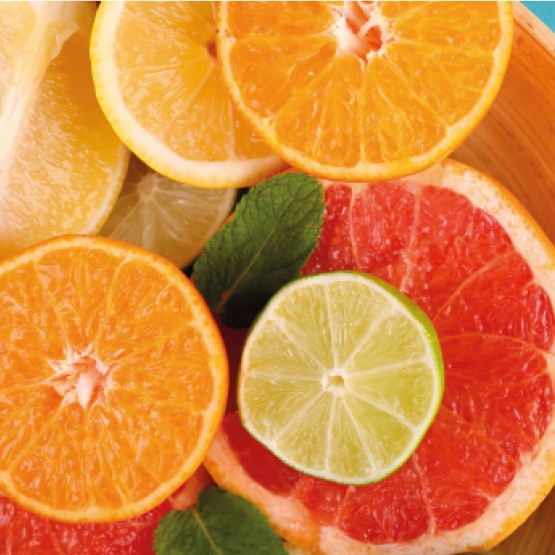
ICELANDIC LICHEN POWDER (CETRARIA ISLANDICA)
The antimicrobial properties of Icelandic Lichen are attributed to its usnic acid content, which can inhibit the growth of both Gram+ and Gram- bacteria. In particular, it has been demonstrated selective antimicrobial action against S. mutans without altering the physiological bacterial flora.
PERILLA EXTRACT (PERILLA FRUTESCENS)
The polyphenolic complex of Perilla seeds has shown antibacterial effects against some oral pathogens, including S. mutans and S. sobrinus, the main etiological agents for the formation of biofilm and cavities. Due to its flavonoid-rich composition, it also has significant anti-inflammatory and antioxidant properties.
NARROW-LEAVED CONEFLOWER EXTRACT (ECHINACEA ANGUSTIFOLIA)
The root of E. angustifolia contains polysaccharides, glycoproteins and polyphenols. Among these, echinacoside, a caffeic acid glycoside, inhibits bacterial hyaluronidase, thus inhibiting the spread of microorganisms in the oral cavity. It also has wound healing and anti-inflammatory effects.
BAMBOO POWDER (BAMBUSA BAMBOS)
The phytocomplex of the stem of the Bamboo plant is highly rich in vitamins, cellulose, lignins, and trace elements such as calcium, phosphorus, and iron, making it an excellent tonic and remineralizing agent. In addition, because of its high silica content, it is a perfect natural cleansing and bleaching agent.
WHITE CLAY
Clay is a soft rock that is highly rich in minerals and trace elements, such as iron, magnesium, calcium, potassium and titanium. It has a mild abrasive action that favors the polishing of enamel and simultaneously inhibits bacterial adhesion, thus contributing to the reduction of biofilm, plaque, and stain formation.
HORSETAIL EXTRACT (EQUISETUM ARVENSE)
This is rich in mineral substances (silicic acid, potassium, manganese, selenium), flavonoids, sterols, saponins, organic acids, phytosterols, and vitamin C, able to increase tissue and vascular wall elasticity by stimulating connective tissue.
LITHOTHAMNIUM EXTRACT (LITHOTHAMNIUM CALCAREUM)
This is a small red algae that can concentrate the nutrients found in seawater. The organic mineral salts that this algae contains, in particular calcium, silicon, and magnesium, promote the remineralization and synthesis of collagen and elastin, useful for stimulating osteopoietic cells, indispensable for bone and tooth formation.
ALFALFA EXTRACT (MEDICAGO SATIVA)
A plant rich in minerals and prized for its high content of vitamins A, B, E and especially K, which protects against bleeding by regulating blood clotting. It is remineralizing, thanks to the presence of phosphorus, silicon, sodium, potassium, calcium, magnesium, boron, iron, manganese, copper, and cobalt; it is therefore indicated for improving calcium absorption and promoting the formation of calcium carbonate in teeth, which is especially useful during periods of growth.
HYDRATED SILICA
Hydrated silica exerts a mild and gentle abrasive action that allows for the gentle cleaning of teeth without irritation. The silica used in the formulation, specifically for gentle cleaning of smaller mouths, has a medium abrasive capacity that allows for cleaning without causing damage to the enamel.
ANTI-INFLAMMATORY, SOOTHING AND HEALING ACTION
ALOE VERA GEL (ALOE VERA)
Aloe vera gel is the remedy of choice for the topical treatment of wounds, gingivitis and gum bleeding. Its potent anti-inflammatory action and ability to accelerate wound healing is attributed to acemannan, the main constituent of its phytocomplex. Due to its high water and polysaccharide content, Aloe gel exerts a barrier effect that can protect and improve the hydration of irritated mucous membranes.

SANICLE EXTRACT (SANICULA EUROPAEA)
The phytocomplex of this medicinal plant is rich in flavonoids and saponins that have strong antiedematous, anti-inflammatory and decongestant effects.
EXTRACT OF RHATANY (KRAMERIA TRIANDRA)
For its astringent, anti-inflammatory, healing and slightly disinfectant properties, it is used as a natural remedy to combat mouth ulcers, reduce gum bleeding, strengthen gums, and sanitize the oral cavity.
MARSHMALLOW EXTRACT (ALTEA OFFICINALIS)
The root of Marshmallow is rich in polysaccharides, pectins, starches, flavonoids, and amino acids that give the phytocomplex an anti-inflammatory effect and a protective action through the formation of a bioadhesive layer that promotes tissue regeneration and cellular trophism.
NETTLE EXTRACT (URTICA DIOICA)
Nettle is a common herbaceous plant, rich in flavonoids, minerals, Vitamins K and C, with a widespread tradition of use as an antihemorrhagic and remineralizing remedy. It also has a marked anti-inflammatory action due to its high content of caffeic and malic acid, which can reduce the production of inflammation mediators such as TNF and IL-1.
EUCALYPTUS ESSENTIAL OIL (EUCALIPTUS GLOBULUS)
Eucalyptus essential oil, with its excellent antioxidant, anti-inflammatory and antibacterial properties, is widely used in the treatment of gum disease, stomatitis and plaque prevention.
TEA TREE OIL (MELALEUCA ALTERNIFOLIA)
Derived from the leaves of Melaleuca alternifolia, this essential oil is rich in substances with strong antibacterial and antifungal properties that synergise with Grapefruit Seed Extract, giving it strong antiseptic properties. Tea tree oil also has an anti-inflammatory effect, good for limiting the production of substances (such as TNF, IL-1 and IL-10) that trigger the inflammatory process.